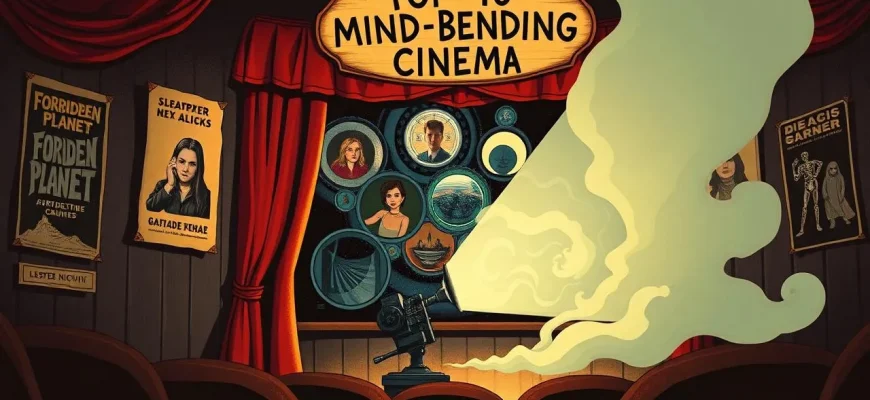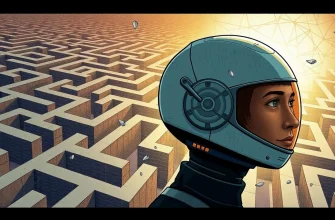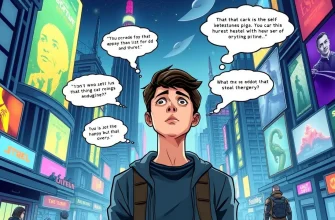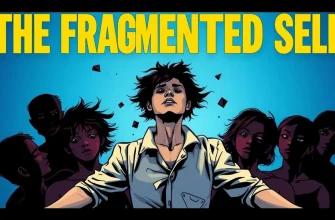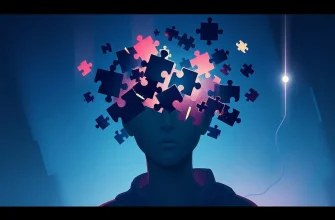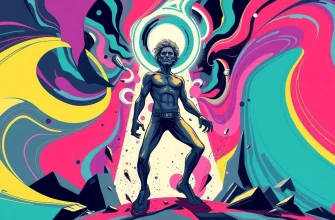Dive into the fascinating world of science fiction where the boundaries of the human mind are pushed to their limits. This curated list of 10 films explores themes of consciousness, identity, and the very essence of what it means to be human. From mind-bending plots to thought-provoking narratives, these films will challenge your perceptions and leave you pondering long after the credits roll. Whether you're a seasoned sci-fi aficionado or a curious newcomer, this collection promises an unforgettable cinematic journey into the depths of the psyche.
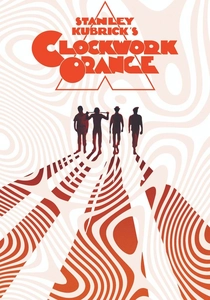
A Clockwork Orange (1971)
Description: Stanley Kubrick's adaptation of Anthony Burgess' novel examines the concept of free will and the manipulation of human behavior through psychological conditioning, offering a dark exploration of the mind's capacity for good and evil.
Fact: The film's use of classical music, particularly Beethoven's Ninth Symphony, was a deliberate choice to juxtapose beauty with violence. Kubrick himself was fascinated by the psychological aspects of the story.
 Watch Now
Watch Now
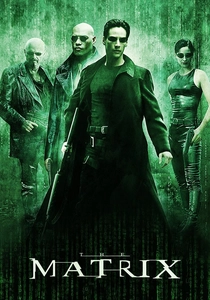
The Matrix (1999)
Description: This iconic film introduces us to a world where reality is an illusion, controlled by sentient machines. It raises profound questions about consciousness, free will, and the nature of existence, making it a cornerstone of mind-bending sci-fi.
Fact: The Wachowskis drew inspiration from various philosophical works, including Plato's Allegory of the Cave. The film's visual effects, particularly the "bullet time" effect, revolutionized action sequences in cinema.
 Watch Now
Watch Now
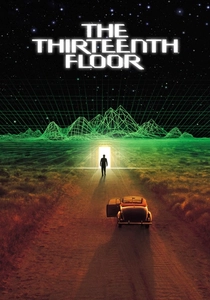
The Thirteenth Floor (1999)
Description: This film delves into the concept of virtual reality and the possibility of living in a simulated world, questioning the nature of consciousness and reality itself.
Fact: The film's plot was inspired by the novel "Simulacron-3" by Daniel F. Galouye. It was released in the same year as "The Matrix," leading to comparisons between the two.
 Watch Now
Watch Now
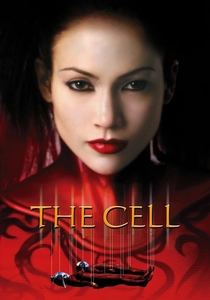
The Cell (2000)
Description: This film takes us inside the mind of a serial killer, using a virtual reality device to explore his subconscious. It's a visually stunning journey into the depths of human psyche, making it a unique addition to this list.
Fact: The film's surreal visuals were inspired by the works of artists like H.R. Giger and Salvador Dalí. Jennifer Lopez's character was originally written for a male actor.
 Watch Now
Watch Now
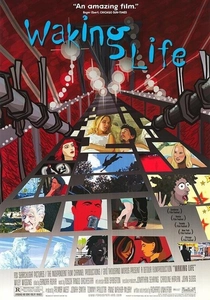
Waking Life (2001)
Description: This animated film follows a young man through a series of dreamlike encounters, exploring philosophical questions about reality, existence, and consciousness through a series of conversations.
Fact: The film was shot using a technique called rotoscoping, where live-action footage is traced over to create an animated effect. Many of the philosophical discussions were improvised by the actors.
 Watch Now
Watch Now
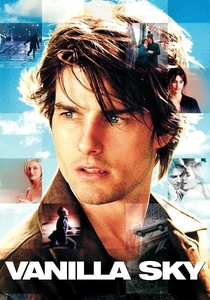
Vanilla Sky (2001)
Description: A remake of the Spanish film "Abre los ojos," this movie explores themes of identity, reality, and the manipulation of one's own consciousness through cryonics and lucid dreaming.
Fact: Tom Cruise's character's name, David Aames, is an anagram of "I am sad." The film's ending was intentionally left ambiguous to provoke discussion.
 Watch Now
Watch Now
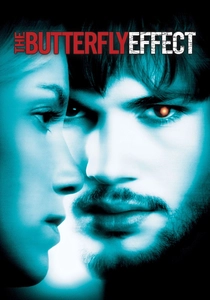
The Butterfly Effect (2004)
Description: This film explores the idea of changing the past to alter the present, delving into the consequences of manipulating one's own consciousness and memories.
Fact: The film's title refers to the butterfly effect in chaos theory, where small changes can have significant impacts. Multiple endings were shot to keep the audience guessing.
 Watch Now
Watch Now
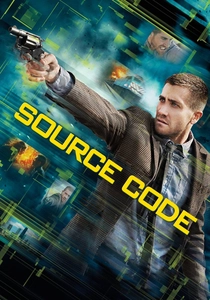
Source Code (2011)
Description: A soldier relives the last eight minutes of a commuter's life to prevent a terrorist attack, exploring themes of time, identity, and the malleability of consciousness.
Fact: The film's premise was inspired by the short story "Be Right Back" by Philip K. Dick. The train scenes were shot on a real commuter train in Chicago.
 Watch Now
Watch Now
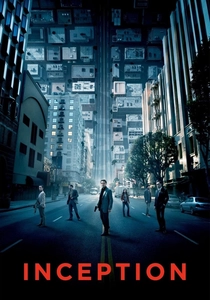
Inception (2010)
Description: Christopher Nolan's masterpiece delves into the concept of dreams within dreams, exploring the manipulation of the subconscious mind. It's a film that plays with the idea of what is real and what is just a dream, making it a perfect fit for this collection.
Fact: The film's dream-sharing technology was inspired by real-life lucid dreaming techniques. The spinning top used by Leonardo DiCaprio's character was not originally in the script but was added to give viewers a tangible symbol of reality.
 Watch Now
Watch Now
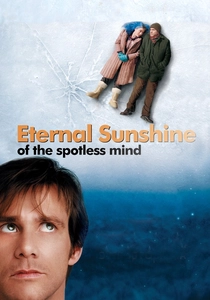
Eternal Sunshine of the Spotless Mind (2004)
Description: This film explores the idea of erasing memories to escape emotional pain, delving into the complexities of love, memory, and identity. It's a poignant look at how our consciousness shapes our reality.
Fact: The film was shot in reverse order to help the actors portray the emotional journey of their characters. The title is derived from a line in Alexander Pope's poem "Eloisa to Abelard."
 30 Days Free
30 Days Free

